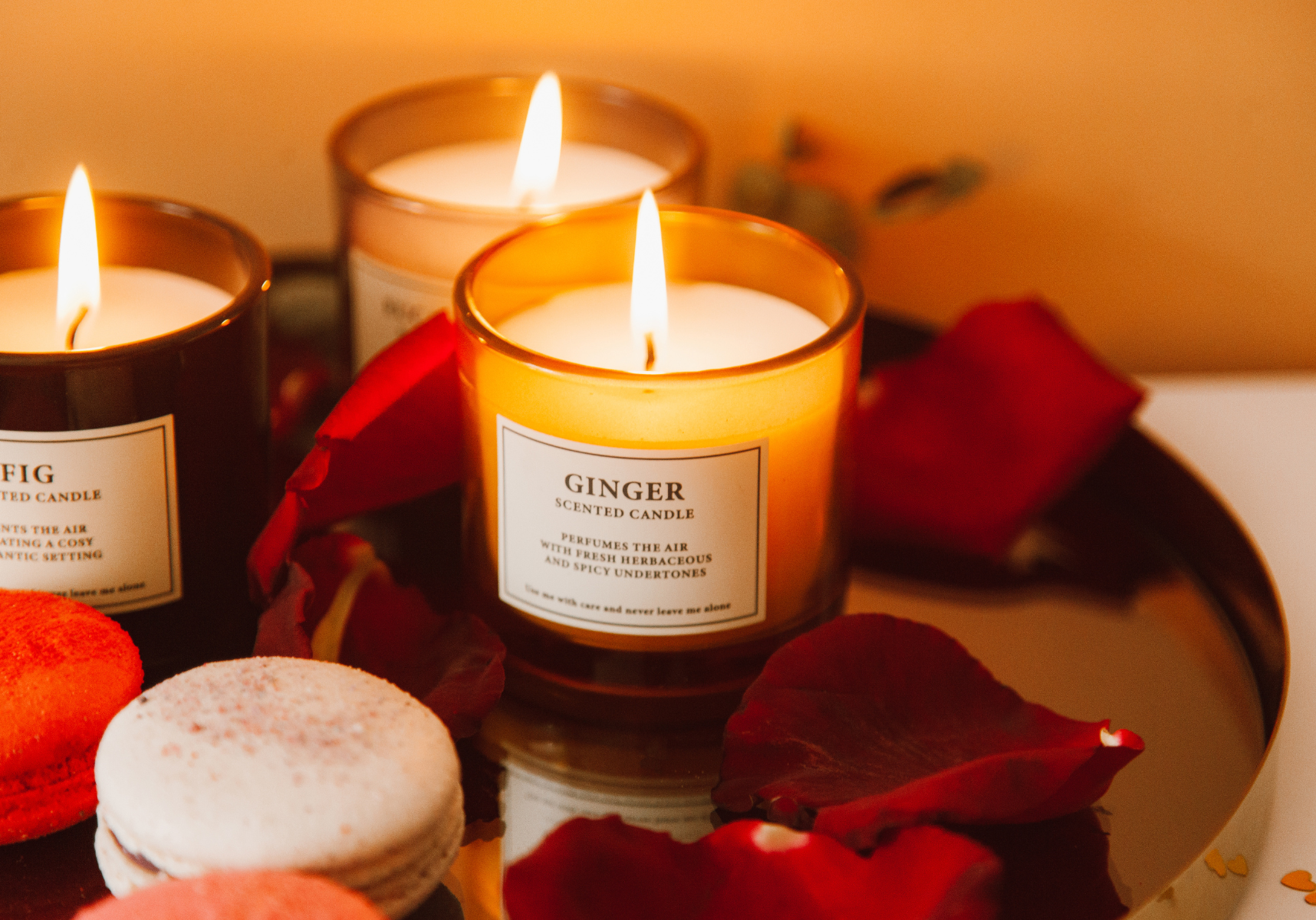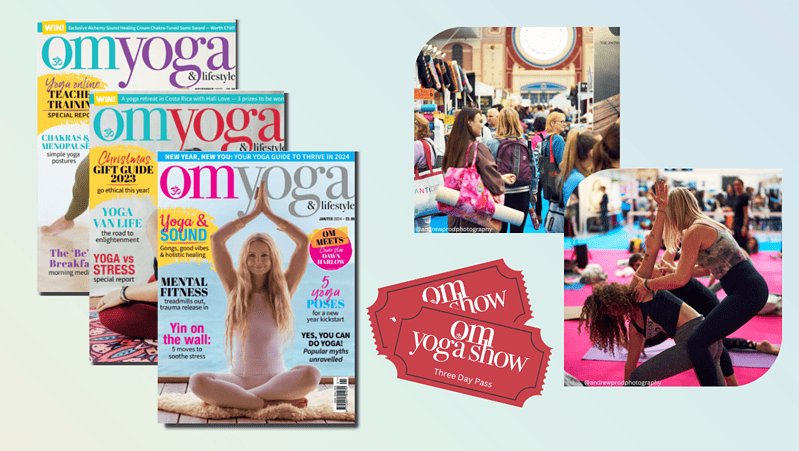
Using Aromatherapy in your Yoga practice
Tapping into the Power of Scents for Grounding, Relaxation, and Mind-Body Connection - Emma Mills
Reading time: 3 minutes
During your yoga practice, senses are heightened, in fact we are encouraged to acknowledge what we can hear, see and smell as a way of grounding, so it makes sense that for many years yoga teachers have used aromatherapy oils as a way to engage the student, create a feeling of grounding, relaxation and release.
It’s even possible to create a whole class theme around a certain aroma such as lavender oil for a wind down yoga Nidra practice or perhaps a lemon oil for an energetic morning flow.
When we breathe in these essential oils we are stimulating the limbic system - a network of connected structures near the middle of the brain linked within the central nervous system. This part of the brain plays a role in emotional balance, behaviours and long term memory (which is why certain smells can trigger memories we didn’t think we still had!)
I am all about creating a yoga practice that you can carry out anytime anywhere so here’s some quick steps to think about when including aromatherapy oils:
1. Set an intention – Your going to want to think about what you need and want from this practice? Are you in need of some deep relaxation, slow movements and meditation or does your body crave a faster Vinyasa flow to provide energy and motivation. This will help you decide on the next step.
2. Chose your aroma – There are a wide variety of essential oils to chose from, here are 4 basic fragrances your likely find in your local health store or supermarket -
• Lavender oil ~ Commonly known for its relaxing qualities, this scent is all about promoting a state of calm, balance and relief to the central nervous system
• Tea tree oil ~ This oil is for detoxification and rejuvenation, it is refreshing and invigorating
• Eucalyptus oil ~ You might see this aromatherapy oil in some cough and cold medications aiming to relieve congestion or soothe muscles. It works by allowing for deeper breathing and therefore reducing stress
• Lemon oil ~ Used to help fight exhaustion, provide an energy boost, making you feel happier and refreshed
3. Prepare for your practice – Decide where you want to be, at home un-winding on your mat with a virtual class, taking some well earned ‘me time’ or in a class at your local studio where you can interact and communicate with other students, this will change each time you go to practice so listen to what you need and where you want to be.
4. Using your oils safely – Whichever way you would like to use your oils, be it by spritzing your mat before your practice begins, dabbing a small amount on your wrist so when you flow you get whiffs of your chosen scent or having a diffuser gently running in the background, remember to always dilute with a carrier oil or water.
There are also oils that should not be used if you have certain health conditions or think you might be pregnant, if you are un-sure, seek advice and avoid as a precautionary measure.
Above all else...enjoy! Relish the time you have carved out for self, offer your body, mind and spirit the time it needs and allow the power of aromatherapy to refresh your mind and open up a whole host of possibilities!







